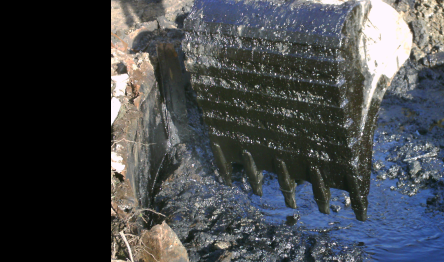Land Contamination Assessment
Land contamination assessment is a sequential process of gathering and assessing successively more detailed data about the contamination regime at a site with the aim of excluding low risk sites from further consideration at the earliest practical point in the assessment process

Risk Estimation and Evaluation
Site Investigation is used to physically investigate the potential risks identified by the Desk Top Study.
Generic Quantitative Risk Assessments uses the data gathered from the Site Investigation to refine the land contamination risks associated with a site by using Generic Assessment Criteria.
Ground Gas Assessments involve monitoring of ground gas in wells installed during Site Investigations with specialist equipment and assessing the results against criteria within published best practice guidance.
Detailed Quantitative Risk Assessments involve a more detailed assessment of the data gathered from the Site Investigation and the Generic Quantitative Risk Assessment to further refine the land contamination risks associated with a site by generating and using Site Specific Assessment Criteria.
Remediation Options Appraisals: If land contamination risks are assessed by the Generic and/or Detailed Quantitative Risk Assessment to be unacceptable, remediation of the site is proposed and potential remediation options are assessed to determine the most appropriate option or combination of options.
Remediation - Design , Implementation and Verification
Remediation Strategies: Following the selection of an appropriate remedial option or options, a strategy is produced outlining how the option(s) is to be implemented in relation to the site with appropriate remediation and validation criteria.
Remediation Validation: Following the implementation of the remediation strategy by a competent contractor, usually engaged directly by the client with consideration of our advice, we undertake verification that the remediation strategy has been implemented as designed and provide a record of this verification for our client’s records and frequently to meet regulatory requirements.